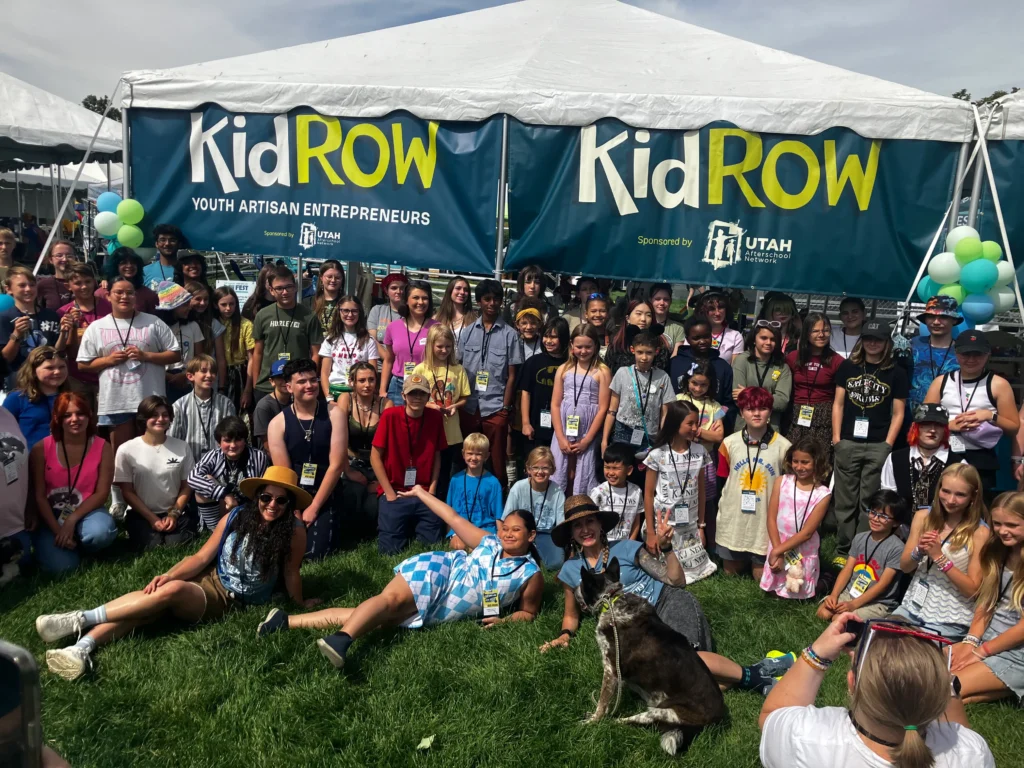
Build a Toy Business Activity
VentureLab |
December 15, 2021
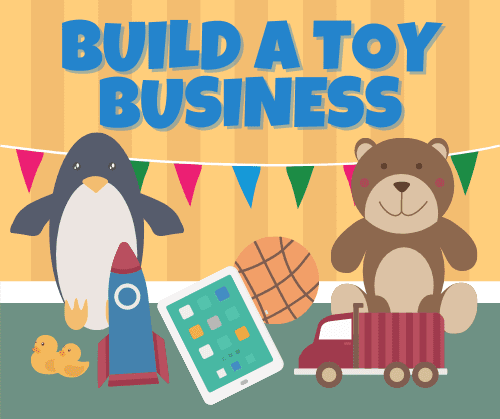
This activity encourages youth to work through the entrepreneurship process and features ideation, market research, prototyping, and pitching. All of this with a fun twist: making a toy business! Download the worksheet below or use our online Business Builder to complete the Business Model for this activity:
Download the activity worksheet
Idea
1. First, come up with an idea for the toy you want to make. Think about what you and your friends enjoy playing with. Don’t limit your thinking and use your imagination! Remember the Brainstorming Rules!
Example: You and your friends like to read and play soccer. What if your toy was a ball that opens up into a book?
2. Write or sketch your ideas down.
3. Now, pick the one toy you want to make and give it a name.
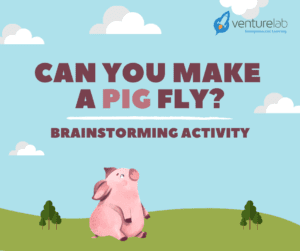
Market Research
4. COMPETITIVE ADVANTAGE: What makes your idea special? Think about your customer at a toy store or shopping for toys online. Your toy is next to other toys that are kind of the same. What is the one thing that makes your toy different from other toys?
5. TARGET MARKET OR CUSTOMER: Who is the customer? Think about who will use your toy. What kind of person are they? How old are they? What are they interested in?
6. Draw a quick sketch of your customer. Stick figures are great!
Download the activity worksheet
Distribution Channels
7. Think about where people will buy your toy. Is it at a local marketer, on a website, or at a store?
8. Write the answers to these questions on the Market section of the Business Model.
Prototype
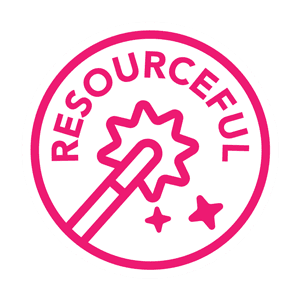 9. Use the materials available to make a prototype of what you think your new toy might look like. Use your imagination to transform the supplies into anything you want.
9. Use the materials available to make a prototype of what you think your new toy might look like. Use your imagination to transform the supplies into anything you want.
Remember, prototypes are built to show what an idea looks and feels like. It does NOT have to look or work exactly like the toy you are planning!
Resources
10. Materials: What materials would you need if you were making the final version of your toy?
Expenses: How much would the materials cost you to make one or more of your toys?
Revenue: What will be the price of your toy?
Profit: What is the difference between the expenses (cost) to make your toy and the amount you will charge for it?
Download the activity worksheet
Share and Reflect
11. Show and tell everyone about your prototype and about each part of your business model!
Looking for more activities?
Sign up for our monthly resource newsletter!
